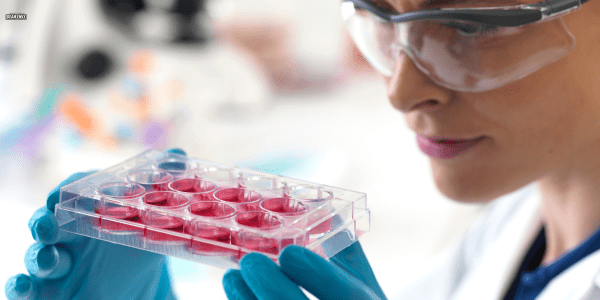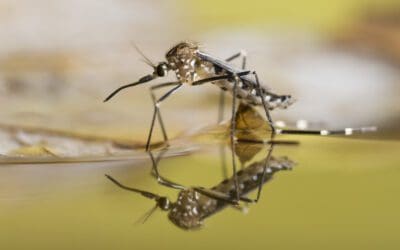
Cell Research
The Ultimate in Versatile Irradiation Technology
The Rad Source RS 1800 Q X-ray Irradiators are engineered for cutting-edge biological research, offering unmatched versatility for a wide range of applications.
From cells and tissue cultures to seeds, stem cells, blood products, and other biological samples, these powerful irradiators provide the precision and flexibility needed to explore complex biological responses across numerous life science disciplines, including cancer research, immunology, and genetics.

The Most Powerful Dedicated Cell Irradiator Available
Cancer researchers utilize our patented x-ray irradiation technology to assess the effects of radiation on different types of cancer cells in laboratory experiments, enabling them to more accurately predict the outcomes of radiation therapy in cancer patients.
Cancer cells are normal cells that have suffered genetic mutations in their DNA that cause them to multiply uncontrollably and escape death. Cancer cells display several “hallmark” behaviors that are characteristic of cells from all types of cancer, but individual types of cancer differ greatly in other behaviors, particularly in their response to radiation.
It is critical for cancer researchers to evaluate the effects of radiation on cancer cells in the laboratory because this will lead to safer and more effective treatments for human cancer patients undergoing radiation therapy in the hospital or clinic.
Patented Quastar® Photonic Decontamination™ Technology
Our patented x-ray irradiation technology is the preferred method to simulate radiation therapy in the laboratory, enabling cancer researchers to perform experiments that show how cancer cells gain resistance to radiation and other experiments that evaluate the collective effect of new drugs or doses in combination with radiation therapy.

High Dose Rates
The Quastar™ x-ray emitter produces a high x-ray output and has a large field, providing the scientist with the flexibility for many application configurations for high throughput and dose rate.
Better Uniformity
Due to a larger field with no need to collimate the beam, a better uniformity can be achieved compared to imaging tube x-ray technology.
Direct Replacement for Gamma Irradiator
The U.S. Government has recognized x-ray to be a safe, direct alternative – for radioactive isotope (gamma) source irradiators.

RS 1800 Q Biological Irradiator
The 1800∙Q is designed around the proprietary QUASTAR™ X-ray platform built specifically for life science applications. The most powerful cell irradiator available for cell and tissue biological research. Applications include cancer research, immunology, feeder cell arrestment, hybridoma cells, stem cells, apoptosis, and seeds.
Latest News & Studies
Short Communication: Nanoparticle Thermotherapy and External Beam Radiation Therapy for Human Prostate Cancer Cells
Abstract: Nanoparticle thermotherapy (NPTT) uses monoclonal antibody-linked iron oxide magnetic nanoparticles (bioprobes) for the tumor-specific thermotherapy of cancer by hysteretic heating of the magnetic component of the...
Using Nanodot Dosimetry to Study the RS 2000 X-Ray Biological Irradiator
AbstractPurpose: To use NanoDot dosimeters to study the RS 2000 X-ray Biological Irradiator dosimetry characteristics and perform in vivo dosimetry for cell or small animal experiments. Methods and materials: We first calibrated...
Characterization and Dosimetry of a Practical X-Ray Alternative to Self-Shielded Gamma Irradiators
Kishor Mehta, Andrew Parker Insect Pest Control Laboratory, Joint FAO/IAEA Division of Nuclear Techniques in Food and Agriculture, International Atomic Energy Agency, Vienna, Austria Received 19 February 2010; Accepted 22 August...




